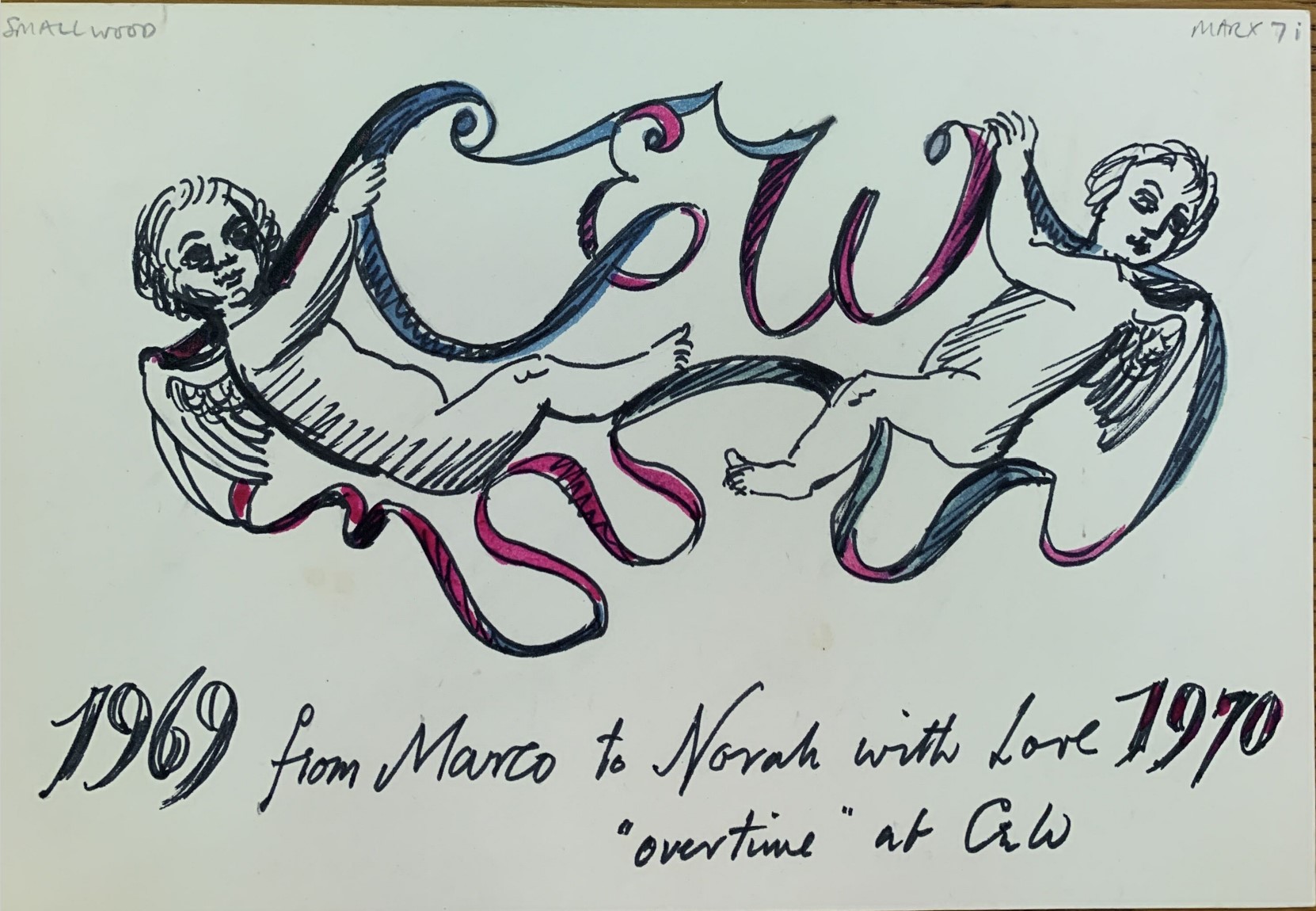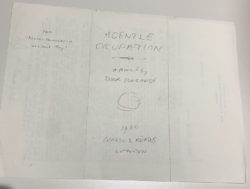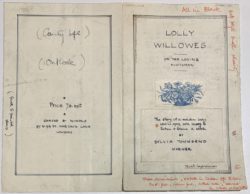Norah Smallwood and her correspondence (Brotherton Library Blog)

This month's blog comes from Dr Elizabeth West, ECR Fellow, Centre for Book Publishing and Culture, University of Reading and University of Leeds Brotherton Fellow (spring 2022)
In spring 2022 I carried out research in the University of Leeds Special Collections, with the generous support of the Brotherton Short-term Postdoctoral Fellowship scheme. My focus was the collection of Norah Smallwood, a pioneering editor at the British publishing house, Chatto & Windus. Over the course of her long career, Smallwood nurtured and championed some of the most significant authors of the twentieth century, including Iris Murdoch, AS Byatt, Laurie Lee, Sylvia Townsend Warner and AL Barker.
Smallwood’s achievements were all the more remarkable when we consider the context in which she was working. She joined Chatto’s as a secretary in 1936, and when war broke out and the firm’s male employees and partners left to join up, she guided Chatto’s through the choppy waters of bombings and paper shortages. Post-war, she became a partner at the firm, and then, in 1975, its Managing Director – she was one of very few women operating at this level in publishing during this period. Smallwood’s collection of correspondence lends a wonderful insight into her life and work. Indeed, the two facets of her life are inextricably interwoven - her letters shed light on the very close, and enduring, friendships she enjoyed with many of her authors.

1. Hand-drawn layout for Dirk Bogarde title page, including inscription to Norah Smallwood (BC MS 20c Smallwood/1 Box 1)
One of the highlights of the Smallwood collection is an entire box full of letters from one of her most successful and high-profile authors: the actor Dirk Bogarde. Smallwood watched his appearance on an episode of the Russell Harty TV chat show in the mid-Seventies and spotted his potential as a storyteller. With her encouragement he wrote what was to become a best-selling series of memoirs, and several novels. Bogarde was a prolific letter writer, and this collection provides the vicarious pleasure of picturing his house in Provence, his beloved garden and the stream of interesting visitors he hosted there with his partner Tony Forwood.

3. Norah Smallwood’s hand-drawn layout for Lolly Willowes’ cover (BC MS 20c Smallwood/1 Box 3)
Other notable correspondence within the collection includes a box of letters from Sylvia Townsend Warner, writer and poet. Again, Townsend-Warner’s relationship with Smallwood transcended that of editor and author. The two women supported each other through good times – shared holidays, visits and gifts are all discussed and enjoyed – and bad, including bereavements and ill health.
Such was the central position of Chatto’s in Smallwood’s life – and vice versa – that when the time came to step aside and cede control to a new generation, the transition was not entirely smooth. Smallwood, typically, felt huge responsibility towards ‘her’ authors, and stepping aside did not come easily.
The time I spent with the collections enabled me to get a wonderful insight into Norah Smallwood, and the way in which the various facets of her life and relationships are interwoven. The research I carried out will feed into a journal article, written jointly with Dr D-M Withers, and a chapter for the forthcoming Companion to Literature and Feminism (Routledge).
